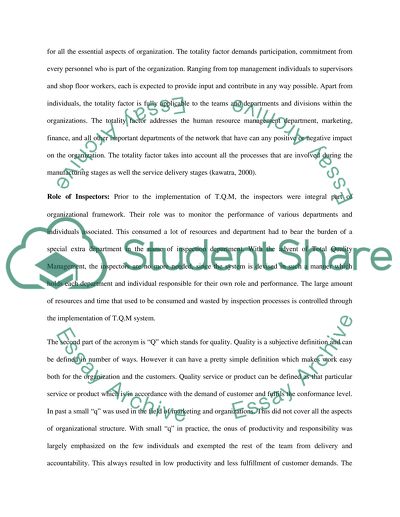Cite this document
(“Kaizen and T.Q.M Essay Example | Topics and Well Written Essays - 2250 words”, n.d.)
Retrieved from https://studentshare.org/information-technology/1398104-kaizen-and-tqm
Retrieved from https://studentshare.org/information-technology/1398104-kaizen-and-tqm
(Kaizen and T.Q.M Essay Example | Topics and Well Written Essays - 2250 Words)
https://studentshare.org/information-technology/1398104-kaizen-and-tqm.
https://studentshare.org/information-technology/1398104-kaizen-and-tqm.
“Kaizen and T.Q.M Essay Example | Topics and Well Written Essays - 2250 Words”, n.d. https://studentshare.org/information-technology/1398104-kaizen-and-tqm.


